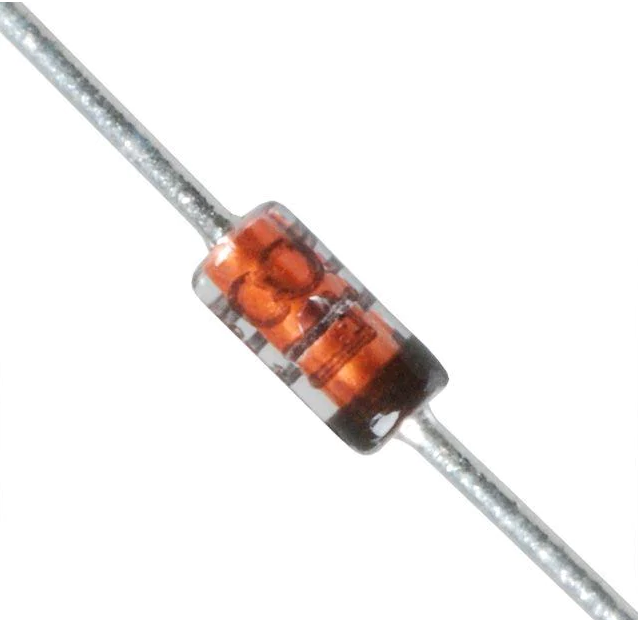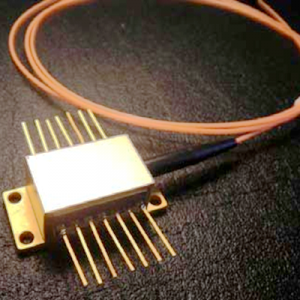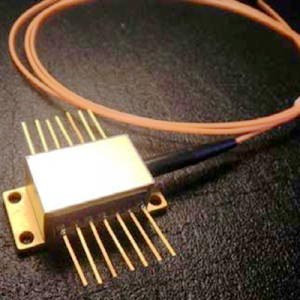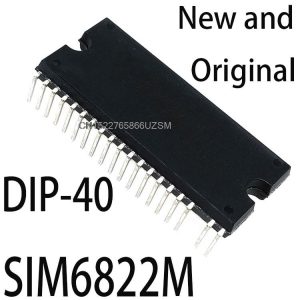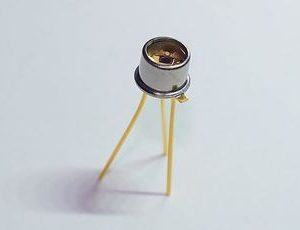A Schottky transistor is a combination of a transistor and a Schottky diode that prevents the transistor from saturating by diverting the excessive input current. It is also called a Schottky-clamped transistor.
Low Power Schottky refers to a type of Schottky diode that is designed to operate at low power levels. These diodes are typically used in low-power applications such as portable devices and battery-powered systems, where energy efficiency is important. They have a low forward voltage drop and a fast switching speed, which helps to reduce power consumption and prolong battery life.
The Low Power Schottky (LS TTL) logic IC family is similar in function to the original 7400 series TTL family. It has the same propagation delay as the 7400 series, but current and power reduction are improved by a factor of 5.
Low Power Schottky is a transistor-transistor logic (LSTTL) gate technology that is probably 30 to 40 years old now. It uses Schottky junction transistors in the switching elements of the logic gates that provide, not just low power, but also high speed. Low power because the Schottky junction does not produce the large density of minority carriers that a standard pn junction transistor produces and therefore it takes only a tiny fraction of the switching time that a pn junction transistor requires (to sweep all of those extra minority carriers out of the depletion region). And because the switching times are much smaller, less power is dissipated since, in most switching circuits, most of the power is dissipated during the switching period. Thus, Low-power Schottky Transistor Transistor Logic – LSTTL. This technology has long since been essentially superseded by CMOS logic, now found in most very high density logic elements such as processors, co-processors and peripheral controllers.
